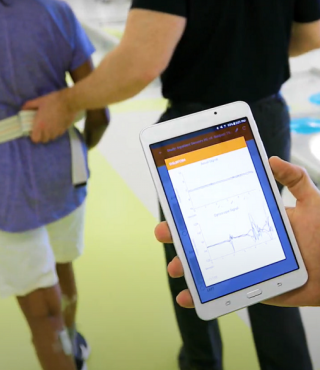Bibliography
Guyatt, G. H., Berman, L. B., et al. (1987). "A measure of quality of life for clinical trials in chronic lung disease." Thorax 42(10): 773-778. Find it on PubMed
Hajiro, T., Nishimura, K., et al. (1998). "Comparison of discriminative properties among disease-specific questionnaires for measuring health-related quality of life in patients with chronic obstructive pulmonary disease." Am J Respir Crit Care Med 157(3 Pt 1): 785-790. Find it on PubMed
Harper, R., Brazier, J. E., et al. (1997). "Comparison of outcome measures for patients with chronic obstructive pulmonary disease (COPD) in an outpatient setting." Thorax 52(10): 879-887. Find it on PubMed
Jaeschke, R., Singer, J., et al. (1989). "Measurement of health status. Ascertaining the minimal clinically important difference." Control Clin Trials 10(4): 407-415. Find it on PubMed
). "Assessing the minimal important difference in symptoms: a comparison of two techniques." J Clin Epidemiol 49(11): 1215-1219. Find it on PubMed
Rutten-van Molken, M., Roos, B., et al. (1999). "An empirical comparison of the St George's Respiratory Questionnaire (SGRQ) and the Chronic Respiratory Disease Questionnaire (CRQ) in a clinical trial setting." Thorax 54(11): 995-1003. Find it on PubMed
Wijkstra, P. J., TenVergert, E. M., et al. (1994). "Reliability and validity of the chronic respiratory questionnaire (CRQ)." Thorax 49(5): 465-467. Find it on PubMed
Williams, J. E., Singh, S. J., et al. (2001). "Development of a self-reported Chronic Respiratory Questionnaire (CRQ-SR)." Thorax 56(12): 954-959. Find it on PubMed


